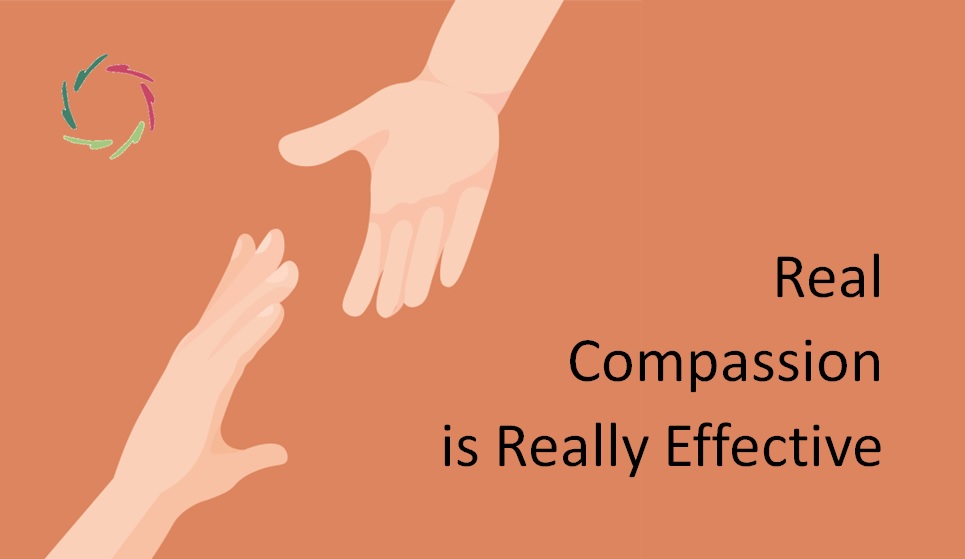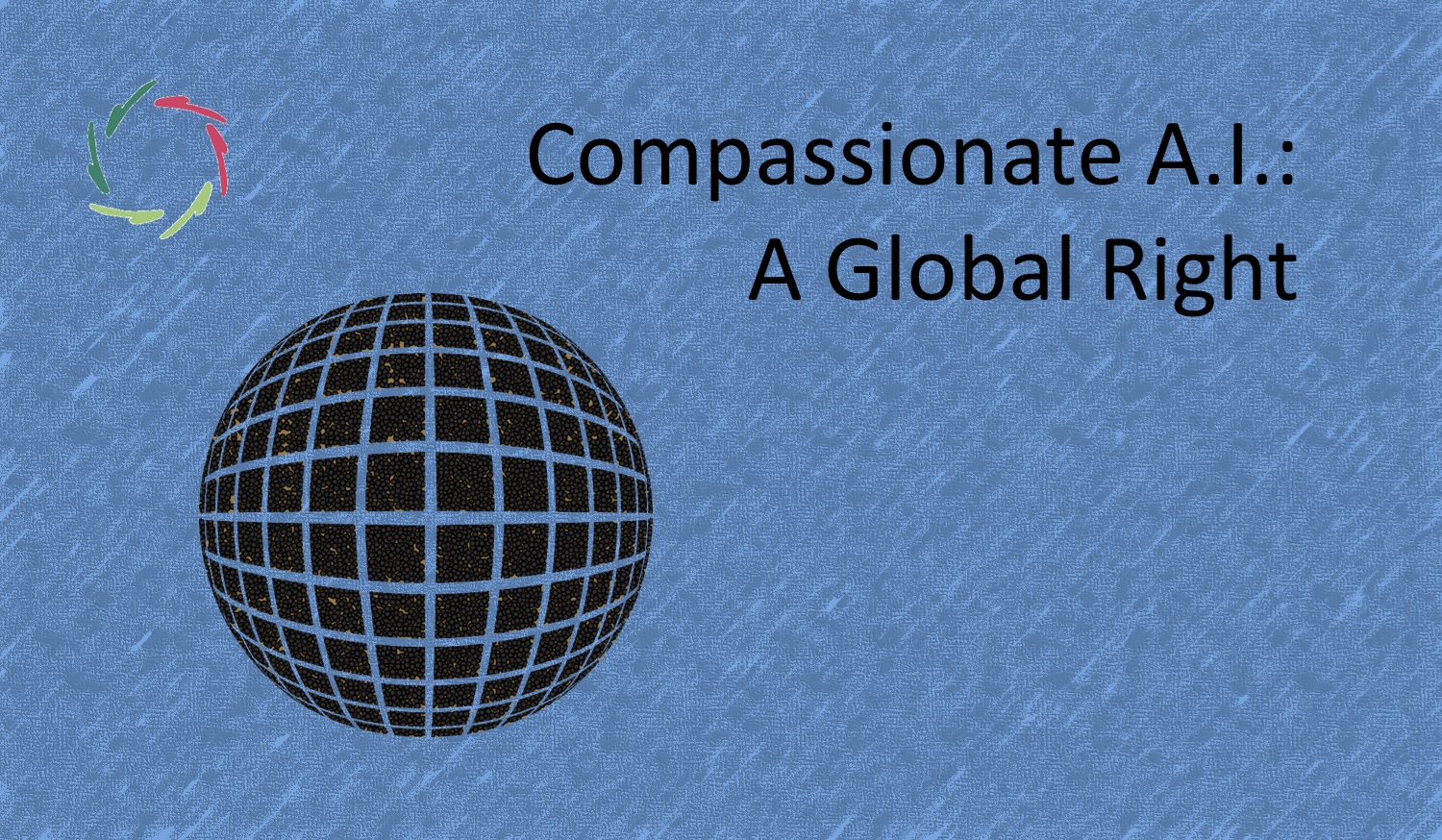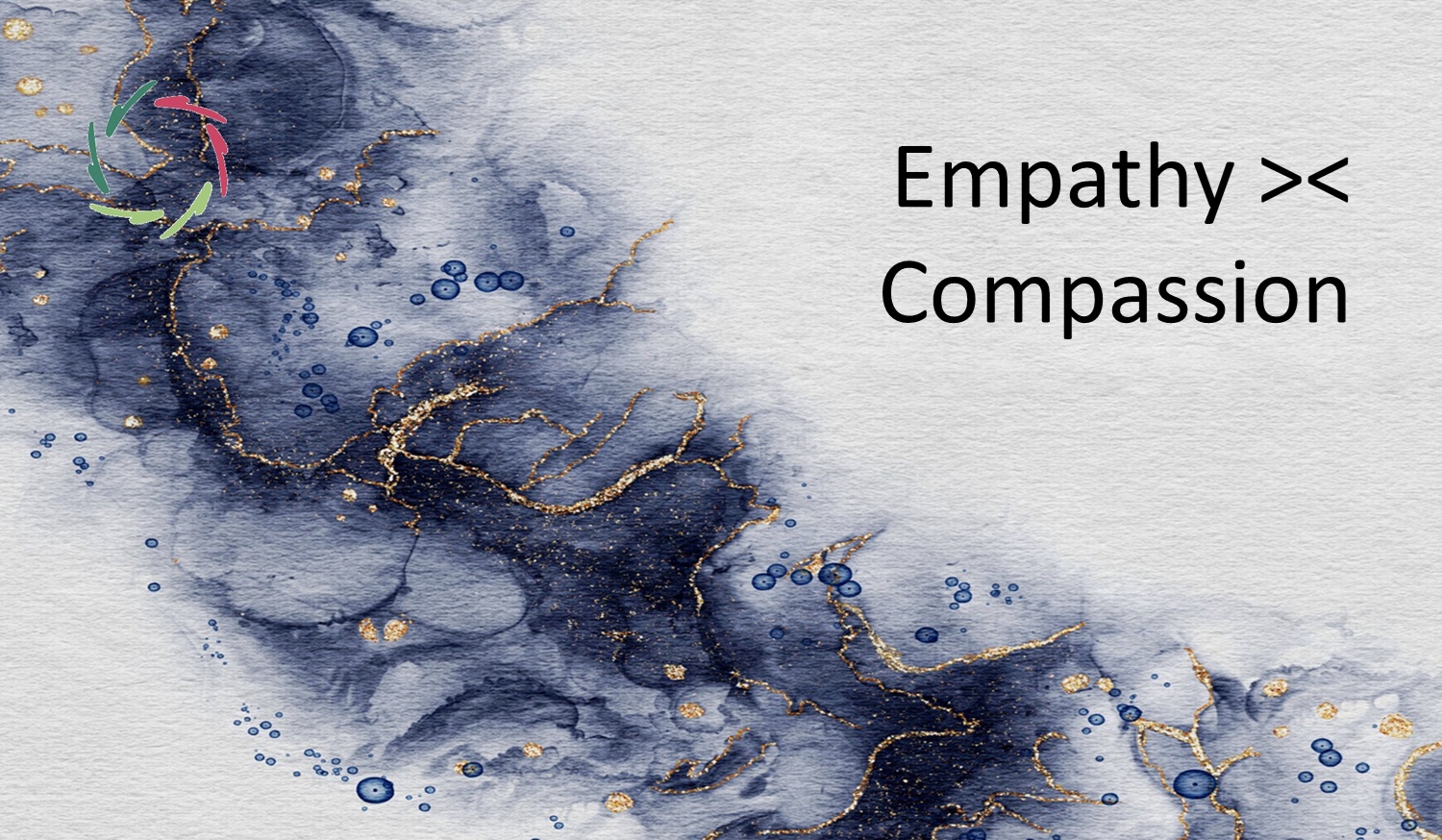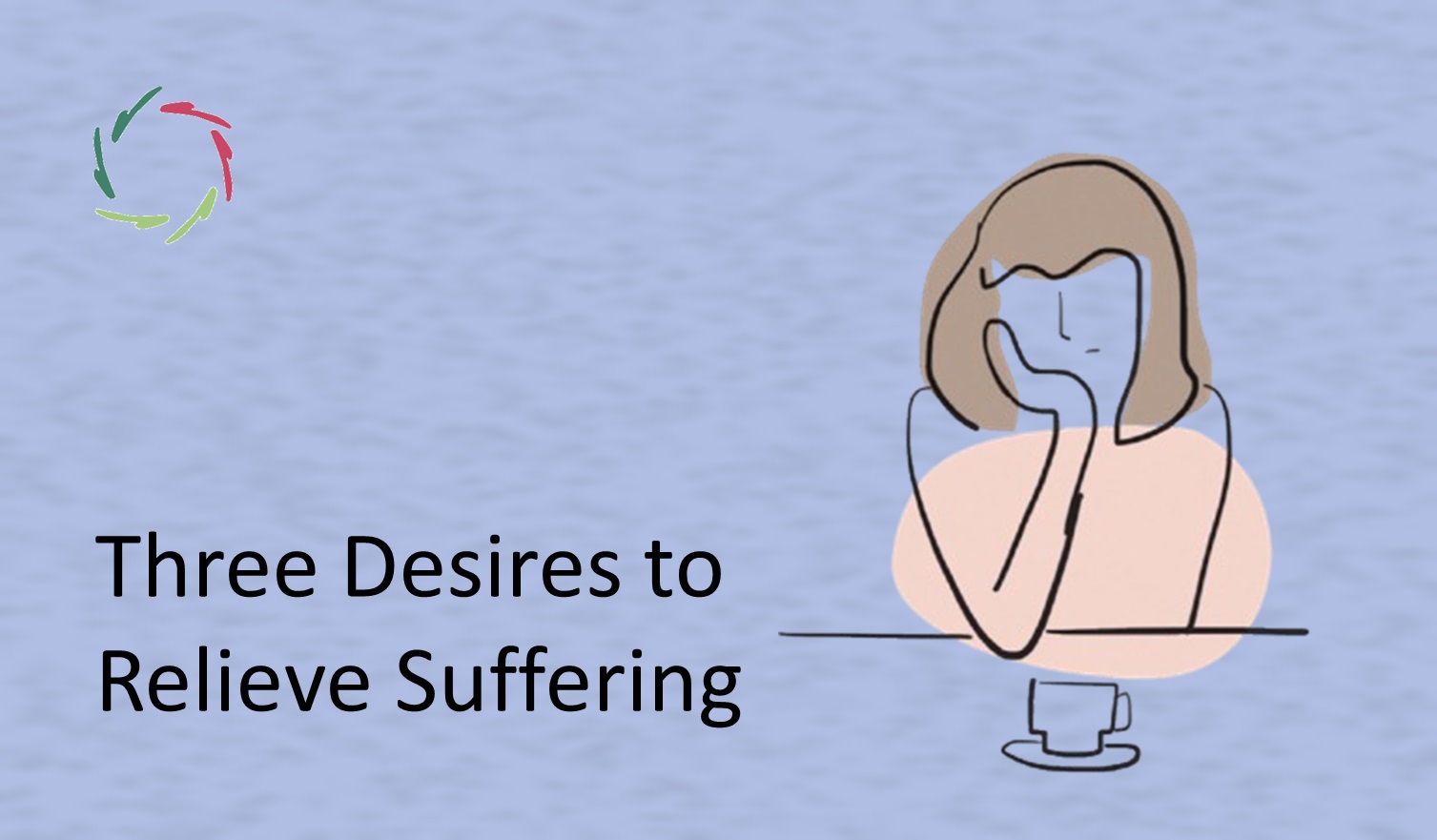Real Compassion is Really Effective

Compassion is very complex. Together with a lack of understanding comes a huge underrating of its effectiveness.
Where does the effectiveness come from?
Subconceptual (largely non-conscious) mental processing controls the body and conscious mind ― one can say: from the inside. At this level, mental-neuronal patterns are mind and body simultaneously. Consequently:
- It profoundly influences – better said: engenders – any conscious thought, feeling, and motivation. Also: consciously perceived mental illness, health, and healing.
- It profoundly influences all bodily functions, as is seen in a huge and increasing number of scientific studies. Also: in illness, health, and healing.
- Changes-from-the-inside are lasting. At play is not just some epiphenomenon, but a mind=body change that can principally last forever.
- It transcends the individual. This is, with many individuals’ being – or not – awakened to the realm of subconceptual processing (the ‘universe inside’) comes a substantial influence on many sociocultural happenings, up to ― as is ongoing at the time of writing – the war in Ukraine.
Why is this hardly recognized?
The basic cognitive illusion is about not seeing ‘under the hood’ in the own mind. Thus, the general idea is that thoughts appear by something magic-like instead of subconceptual emergence.
To understand Compassion, one needs to become Open to this. [Capitals denote complexity.]
Effective to the relief of suffering
This can influence every domain of psycho-somatics. I have studied several fields in this respect, I dare say, more profoundly than anyone else.
You find these on my page of science. This includes COVID-related articles. Indeed, for anyone with some scientific insight, it should be obvious that this is also a psycho-somatic disease. Therefore, Compassion can make a huge difference, not only from its goal but also from its technological side. In AURELIS, you find these as AurelisOnLine sessions and AURELIS coaching techniques.
Effective to fostering growth
This comes in combination (synthesis) with the relief of suffering. Compassion has this two-sided characteristic.
The effect on growth comes mainly from the distributed nature of mental-neuronal patterns. This leads to the most natural, spontaneous change that is at the same time most far-reaching ― to be recognized as personal growth.
How can this be made more visible?
Of course, the results of a lack of Compassion (a direct result of inner dissociation) are all too visible. Almost always, second-hand causes of these results are found at a more superficial level. This should not come as a surprise given the human propensity to succumb to illusions, let alone this basic one. Not grasping this, one can always see ‘something’ on the other side, as when looking through invisible spectacles ― mental ones in this case.
Understanding the real causes is much less straightforward. It will probably have to wait for A.I.-means. Since this is the domain of Compassion, Lisa is a primary candidate to help in this, as one profound example of Compassionate A.I. May this show us the way towards global Compassion as a solution to many of our (homo sapiens) direst problems?
I hope so. We can strive toward this.


